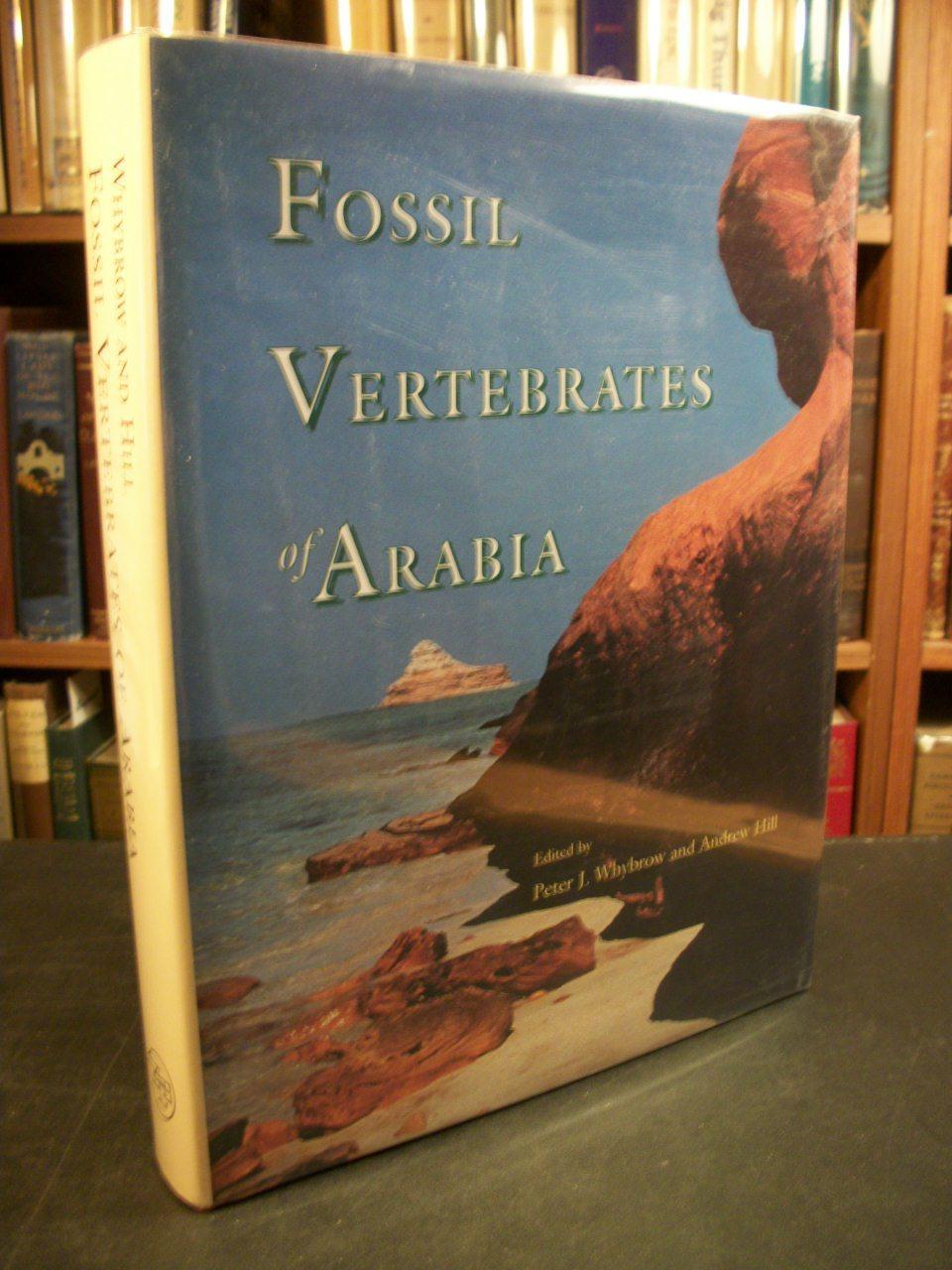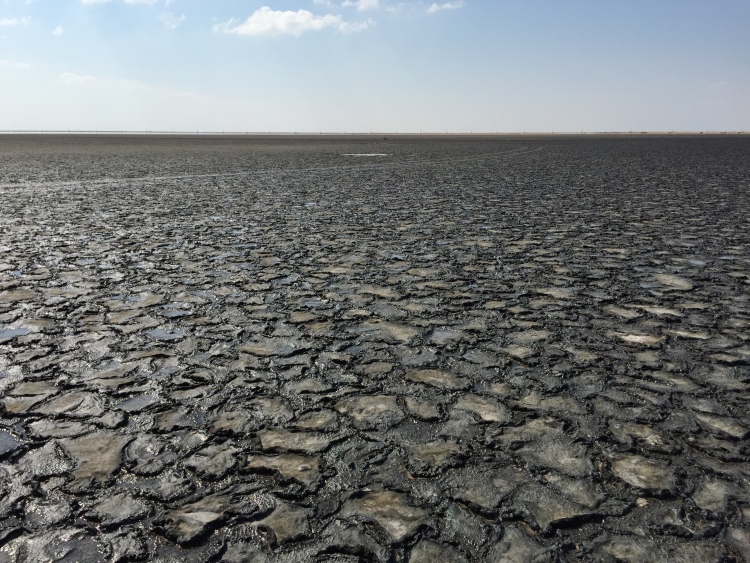
Mecanoo’s geologyinspired Natural History Museum Abu Dhabi takes shape
Subsurface conditions of the Abu Dhabi City Municipality (ADM) are modeled by using two different approaches: a lithostratigraphic 3D model consistent with the interpretive lithostratigraphic model established by the British Geologic Survey (BGS) for the United Arab Emirates (UAE) MoE, and a lithologic 3D model based primarily on lithologic descriptions in boring logs that define the soil or.

Geographical position of the four oilfields in the Abu Dhabi region
The Abu Dhabi district covers 3620 km2 along the Arabian Gulf coast including the northern part of Saadiyat island, Abu Dhabi, part of the Mussafah district and many of the islands to the west. These include Futaisi, Bu Kesheishah, Halat al Bharaini, Al Dabiya, Bu Qumah, Bu Shara, Al Qanatir and Al Rafiq.

Fossil Vertebrates of Arabia With Emphasis on the Late Miocene Faunas
The Permain to Holocene sediments of the United Arab Emirates consist mainly of epeiric shelf carbonates, associated with minor clastics and evaporites, reflecting major cycles of transgression.
2 Simplified map of Holocene facies and subaerial surface geology of
The tectonic map of Abu Dhabi distinguishes three principal tectonic cycles: (1) Precambrian cycles are interpreted using the magnetic data, as there are no wells that penetrated the basement in.

Abu dhabi stock image. Image of dune, geology, dunes 66869769
The Gachsaran depocenter was located in onshore Abu Dhabi. During the late Miocene and into the Pliocene, the Alpine Orogeny which uplifted the Alps and the Himalayas affected the region, uplifting the Omani and Zagros Mountains and driving significant erosion.

Fossil dunes in Abu dhabi stock photo. Image of geology 178818048
Geology: United Arab Emirates This simplified geological map shows the distribution of sediments and rocks occurring at the land surface and in the near-shore shallow marine environments of the United Arab Emirates. The units are broadly divided into two groups: autochthonous units and allochthonous units.

Fossil Vertebrates of Arabia With Emphasis on the Late Miocene Faunas
Combining the fields of geology, physics, chemistry, and biology, an earth scientist explores how Earth's natural systems work today, how they operated in the recent and ancient past, and how we expect they may behave in the future. Earth Science is relevant to us all, every day. Welcome to the Department of Earth Sciences at Khalifa University

Zeugen in the Abu Dhabi sabkha and the eroded last remnants of aeolian
Most of the detailed research on the geology and geotechnics of Abu Dhabi has been conducted onshore. The first detailed studies were produced in the 1970's, largely on the basis of aerial.

Abu dhabi’s desert hires stock photography and images Alamy
Oil- and gas exploration in the Emirate of Abu Dhabi began in 1936, and at the present day, it is one of the most prolific hydrocarbons-producing areas in the Arabian Gulf (Alsharhan, 1989; Geng et al., 2022b) (Fig. 1).An improved understanding of the tectonic history of the United Arab Emirates (UAE) and the region's stratigraphic characteristics will help with future hydrocarbon exploration.

General sedimentary facies along the coastal areas of Abu Dhabi Emirate
SUMMARY The sabkha of Abu Dhabi was formed during the past 7,000 years by wind erosion of pre-existing dunes and progradation of subaqueous, intertidal, and supratidal carbonate sediments. Marine transgression began in this area about 7,000 years ago and reached an apparent high about 1 m above its present level somewhat prior to 4,000 years B.P. Since then progradation of intertidal and.

Abu dhabi stock image. Image of dune, geology, dunes 66869769
Most of the detailed research on the geology and geotechnics of Abu Dhabi has been conducted onshore. The first detailed studies were produced in the 1970s, largely on the basis of aerial photograph interpretation coupled with limited field mapping. Subsequent detailed geological maps and memoirs were produced by the British Geological Survey.

VFE Stromatolite diversity in the Belcher Islands Historical Geology
Groundwater in eastern Abu Dhabi in the United Arab Emirates is an important resource that is widely used for irrigation and domestic supplies in rural areas. The U.S. Geological Survey and the Environment Agency—Abu Dhabi cooperated on an investigation to integrate existing hydrogeologic information and to answer questions about regional.

Sheik Bin Zayed Grand Mosque. Night view after sunset of the Sheik Bin
The Abu Dhabi emirate has an onshore area of 77,700 square kilometres, compared with about 84,000 sq km for the whole of the UAE, plus some 30,000 sq km of offshore area on the Arabian side of the Persian Gulf. The emirate is located on a broadly subsiding shelf wherein sedimentation is very thick.

Draw Together, Abu Dhabi, Orthodox, Geology, Rural, Analysis, Temple
The Geology of Abu Dhabi Emirate: In every layer, a history untold. Pages 11-18, in: Venetia Porter and Laura Cherrie Beaney (eds.), Maqam - Hashel Al Lamki. Abu Dhabi Art - Department of Culture and Tourism - Abu Dhabi. ISBN: 978-9948-769-02-6. See Full PDF Download PDF.

Geological map of UAE (modified from British Geological Survey and UAE
They are characterised by a mix of evaporite minerals (predominantly gypsum, anhydrite and halite) and carbonates, and hence are generally restricted to hot arid climates (Abu Dhabi and Qatar sabkhas straddle the Tropic of Cancer).

Classic 'cottage cheese' anhydrite forms immediately below the surface
Thus the geology of the Emirates is one of extremes. One the one hand are the thick sequences of limestones almost identical to the modern coastal deposits that have had a peaceful existence for the past 500 million years and more.. (Liz Ashton was the Group's Geology Recorder until her departure from Abu Dhabi last May. She was responsible.